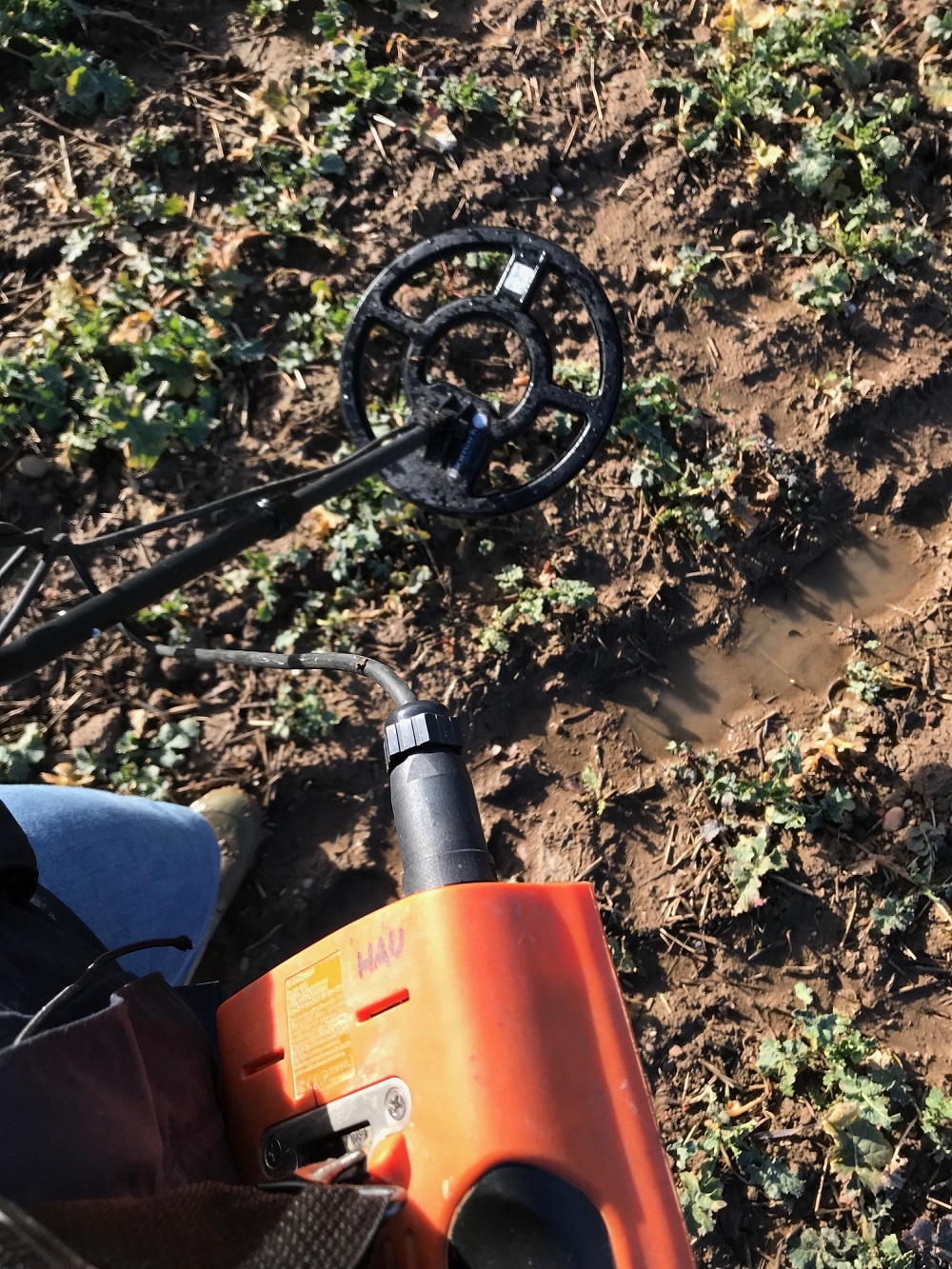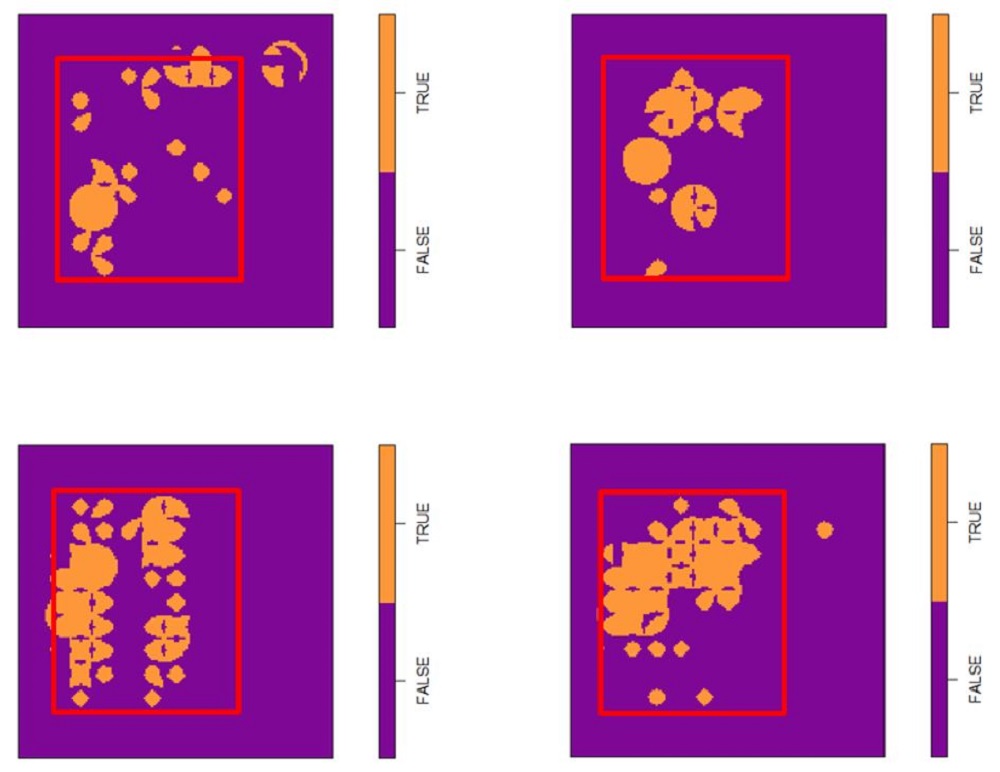Targeted treatment tactics for slugs
Thursday, 22 August 2019
Targeted treatment of the most mollusc-riddled parts of a field has taken a step closer, thanks to an innovative research programme that tags and tracks grey field slug populations.
AHDB-funded PhD student Emily Forbes has been hot on the slime trail of these major crop pests for the past three years. Based at Harper Adams University (HAU), she uses radio-frequency identification (RFID) tag technology, originally developed to track cattle, to monitor slug movement in commercial fields and explore options for more precise control.
Emily said: “Slugs need to shelter from the sun; it’s why they prefer to feed at night and shelter underground during the day. RFID tags reveal what slugs get up to, no matter where they hide.”
The tags, which are about the size of a grain of rice, were injected into slugs. To make sure tagging did not change the slugs’ behaviour, a laboratory experiment was set up to monitor their movements. Video tracking found that the slugs’ routines did not change, compared with non-tagged slugs. This finding gave the green light for the approach to be used to record natural slug activity in the field.
The PhD focused on the distribution of slugs across a field. In particular, Emily looked to define what causes slug populations to develop in distinct patches. An RFID scanner, which operates in a similar way to a metal detector, was swept over the ground regularly to map the whereabouts of tagged slugs.
It turns out that grey field slugs are not particularly adventurous. Over four nights of monitoring, on average, slugs travelled less than a metre and stuck to a defined ‘home range’. Individuals also used slime trails, created by other slugs, to navigate around their patch.
Through precise monitoring of slug movements, Emily established that patches were able to form in relatively small areas, much smaller than originally anticipated. The use of mathematical models also found that patches were relatively stable over time, which opens up the potential for targeted treatment.
As the lowest-cost chemical option, metaldehyde-based slug pellets have dominated the molluscicide scene. It looked like this control option would be lost in 2020. However, in July, the High Court ruled that the planned withdrawal was unlawful. Although the products remain on the market, their authorisation is fragile. The industry needs to look more closely at other options, including ferric phosphate and biological control. As these options are associated with higher treatment costs, any information to help target treatment is in high demand.
The same HAU research group also uses RFID tags to establish how slugs respond to specific treatments. Metaldehyde-treated slugs tend to produce lots of slime and die on the soil surface. However, those treated with ferric phosphate stop producing slime, retreat underground and die a few days later.
The integrated pest management (IPM) of slugs can be investigated in far more detail, thanks to RFID tags. IPM options, which require further investigation, include the use of companion crops to provide a ‘preferred’ food source for slugs, the potential of less attractive/more repellent crops, the role of slug-hunting beneficials and the influence of various cultivation techniques.
The studentship project has also improved understanding of the soil characteristics associated with patch formation. AHDB is investing in follow-up work to establish how soil maps can help with the precision application of slug treatments.
Further information
AHDB invests about £1 million a year in doctoral research at UK universities, colleges and research institutes:
This article will feature in the autumn/winter edition of Grain Outlook. Check out the latest edition of this technical journal for AHDB Cereals & Oilseeds:
An integrated approach to slug control, based on several techniques, is the most effective way to control slugs. Visit our dedicated web page for information on the management of this pest in field crops.
 Harper Adams University
Harper Adams University
Tagged slugs can be tracked underground with an RFID scanner
Student Report 43

How far do slugs travel to find their next meal? How acidic/moist/warm do they like their soils? How can pinpointed patches pave the way for more precise control? Our latest PhD report explores these questions and more…
Topics:
Sectors:
Tags:

